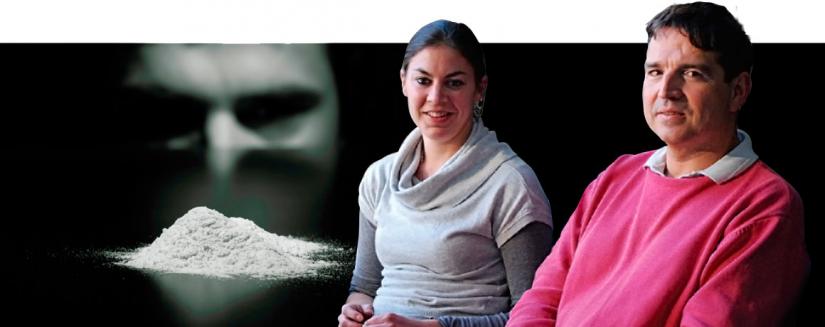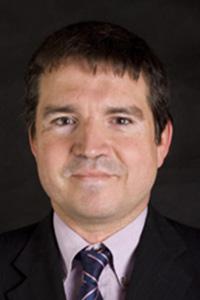Forensic science traditionally involves the detection, collection, analysis and interpretation of finger marks, foot marks, shoe marks and DNA to reconstruct and investigate incidents, to assist policy makers, prosecute offenders and exonerate people who are innocent.
In most cases, forensic scientists collect this data and enter it on police databases for the police, courts, security agencies and other policy makers to understand the nature of a crime.
At UTS’s Centre for Forensic Science, Centre Director Professor Claude Roux is taking a new approach to this data. His research team is creating a novel methodology to use forensic science techniques for intelligence purposes against the illicit drug trade and other organised crime.
“Given that approximately five per cent of all forensic traces actually end up in court, this means there is a large amount of data that is rarely used,” says Professor Roux.
Our team is trying to use data more proactively, to learn about patterns and trends in criminal activity. Our vision is that by using it this way, forensic science becomes more effective and impacts more directly on crime prevention, crime disruption and also decreases the fear of crime in the population.
— Professor Claude Roux, Director, Centre for Forensic Science
Big data is a significant challenge for Forensic Science, says Postdoctoral Research Fellow Marie Morelato, who is part of Professor Roux’s team.
During her PhD, Morelato analysed the chemical profile of drug specimens of methylamphetamine. “In each specimen, there is the active ingredient, as well as up to 30 impurities. If so much data can be obtained from one specimen alone, imagine trying to make sense of a large number of these,” she says.
Morelato also compared data collected from different drug seizures and identified links in their chemical profiles. “By using this data in a systemic manner, I was able to identify links never uncovered before. This is an important discovery as this means it may be possible to uncover valuable information about the origins of these seizures, maybe even connect it back to the same dealer,” she says.
The UTS team are collaborating with the AFP Australia Federal Police, NSW Health Pathology, NSW Forensic and Analytical Sciences Services, University of Lausanne in Switzerland, as well as the United Nations Office of Drugs and Crime on this forensic intelligence project.
What is exciting is the research we are developing now is transversal and applicable to a wide range of crime and security problems. Ultimately we are hoping to achieve a paradigm shift where forensic traces are used to futureproof society and prevent crime.
— Professor Claude Roux
Research team
-
Distinguished Professor, School of Mathematical and Physical Sciences
-
Senior Lecturer, School of Mathematical and Physical Sciences
Research centre
Funded by
- Australian Research Council Linkage Grant
Partner organisations
- Australian Federal Police
- NSW Forensic and Analytical Science Services
- University of Lausanne, Switzerland
- UN Office of Drugs and Crime



